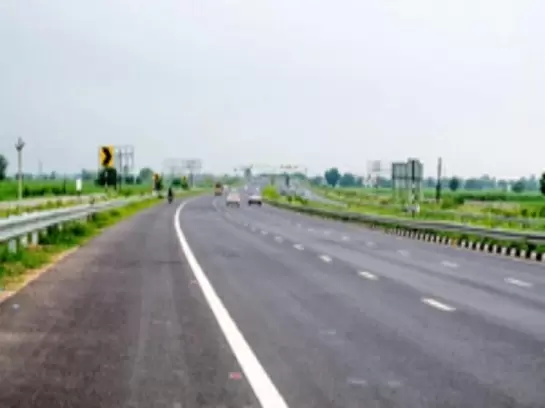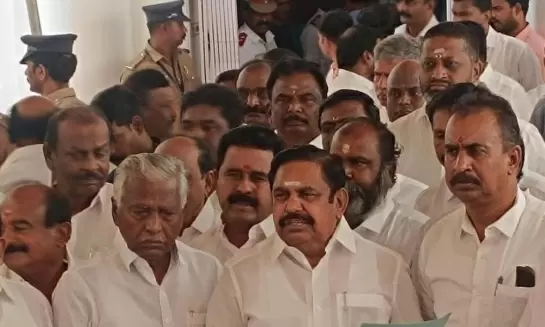Self-help is the best, Jharkhand villagers tell the world by building a dam themselves

07-December-2012
Vol 3 | Issue 49
Few months ago, a check dam built by the Jharkhand government’s irrigation department near the State capital Ranchi was washed away in the rains. It caused great anxiety among the people of four villages, Hesatu, Sildri, Khatanga and Gagari, who were dependent on it for their irrigation needs.
The people of the villages - located about 25 km from Ranchi - mostly from the tribes of Santal and Munda, soon got over the shock and decided to build another check dam.
 |
|
About hundred villagers, many of them youth, offered their labour free of cost to build the check dam
|
They also decided to build it themselves. That was about three months ago. The community responded with great enthusiasm.
About hundred villagers offered their labour free of cost, others pitched in with materials for making the sand bags - mostly old cement and fertilizer bags which would be packed with sand - and still others came forward to contribute the rice, pulses, and vegetables needed for making food for the volunteers.
And voila, in just 3 weeks a check dam was built on the stream running through their village. Then, another one was built a few hundred metres away. The sight of water getting stored in these check dams has now given them the confidence to build eight more across the stream.
“Materials were available locally, so that was not a problem. The project became successful because everyone from the community participated in it. We put a layer of hard rocks at the base and then piled up the sand bags over it,” says Devender Thakur, 45, of Sildiri, who mobilized the villagers for the project.
“The stream flows down from the Gagari Mountain and has water throughout the year, but it had never been harnessed before,” says Thakur.
Many youth from the neighbouring villages helped in building the dam, says Jagnu Oraon, a resident of Hesatu.
“We did not pay them any wages. But the idea was so noble that the youth of other villages such as Duhu and Barwe came to assist us. We only offered them food and served it hot,” says Thakur.
The two check dams irrigate about 50 acres of land, where mostly vegetables such as bottle gourd, brinjal, and cauliflower are cultivated.
Government officials are impressed. “It could be a good example to be put before the Green India Mission (GIM) program being carried out in various parts of the country,” says AK Mishra, Additional PCCF and member secretary of GIM for Jharkhand.
 |
|
Work going on to build yet another check-dam
|
“The newly launched program (GIM) is not just about planting trees but also is about enhancing farm productivity so that a sense of profitability is attached with the afforestation drive. Here the villagers have used the water from the stream to irrigate their fields and turn them green in the true sense,” adds Mishra.
At a site where villagers are building another check dam, Ramesh Munda, a village youth, says with a great sense of ownership and pride: “We’re not just building the check dams but are taking efforts to protect them as well. We ensure that the dams do not get damaged by overflowing water or by any human interference.”
The villagers also hope the check dams would stop the migration of local people to cities in search of jobs. “We are hopeful that this trend would change soon with the availability of water for our agriculture needs,” says Thakur.
Meanwhile, the check dam built by the government has sunk into the sand and presents a sorry sight. “Look at the check dam that was built hardly a couple of years ago. It is narrating its own story,” says Jagnu, pointing to the collapsed structure.
















